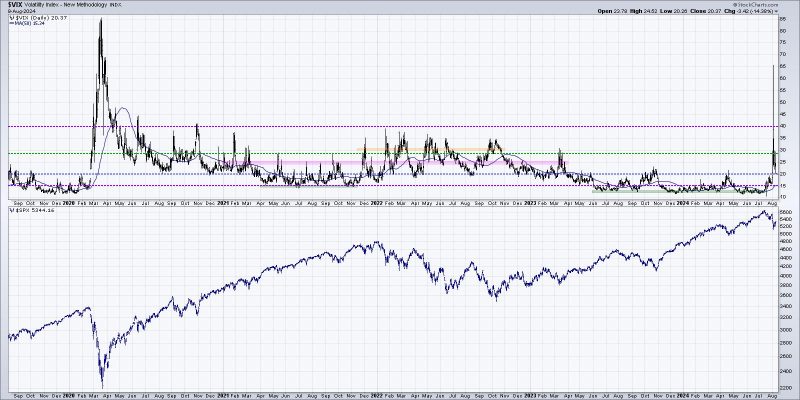Market Sentiment Indicators: Key Insights for Investors
Investing in the stock market requires a combination of analytical skills, intuition, and an understanding of market sentiment indicators. These indicators provide valuable insights into the mood and behavior of investors, helping traders make informed decisions and navigate through various market phases. In this article, we will explore three market sentiment indicators that confirm a bearish phase and discuss their implications for investors.
1. Fear and Greed Index:
The Fear and Greed Index is a popular sentiment indicator that measures the emotional extremes of investors in the market. It ranges from 0 to 100, with lower values indicating extreme fear and higher values signaling extreme greed. During bearish phases, the Fear and Greed Index tends to stay at lower levels as fear permeates the market sentiment. Investors become more risk-averse, leading to selling pressure and downward trends in stock prices.
When the Fear and Greed Index is in the extreme fear zone, it may suggest oversold conditions in the market, providing a potential buying opportunity for contrarian investors. However, it is essential to exercise caution and conduct thorough analysis before making investment decisions based solely on this indicator.
2. Put-Call Ratio:
The Put-Call Ratio is another sentiment indicator that reflects the ratio of put options to call options traded on the market. A high Put-Call Ratio indicates a bearish sentiment among investors, as more traders are purchasing put options to hedge against potential losses or speculate on downward price movements. In a bearish phase, the Put-Call Ratio tends to increase as investors seek protection or bet on falling stock prices.
A steadily rising Put-Call Ratio may suggest increasing pessimism in the market, signaling a potential downtrend in stock prices. Investors use this indicator to gauge market sentiment and make decisions based on the prevailing sentiment.
3. VIX Index:
The VIX Index, also known as the fear gauge, measures the market’s expectation of future volatility. During bearish phases, the VIX Index tends to rise sharply as investors anticipate heightened volatility and risk in the market. Elevated levels of the VIX Index indicate fear and uncertainty among investors, leading to potential sell-offs and increased market turbulence.
Investors closely monitor the VIX Index as a leading indicator of market sentiment and risk appetite. A sustained increase in the VIX Index may signal a prolonged bearish phase, prompting traders to adjust their investment strategies and risk management approaches accordingly.
In conclusion, market sentiment indicators play a crucial role in helping investors navigate through different market phases, including bearish periods. By paying attention to indicators such as the Fear and Greed Index, Put-Call Ratio, and VIX Index, investors can gain valuable insights into market sentiment and make well-informed decisions to protect their portfolios and capitalize on opportunities in challenging market conditions.




























